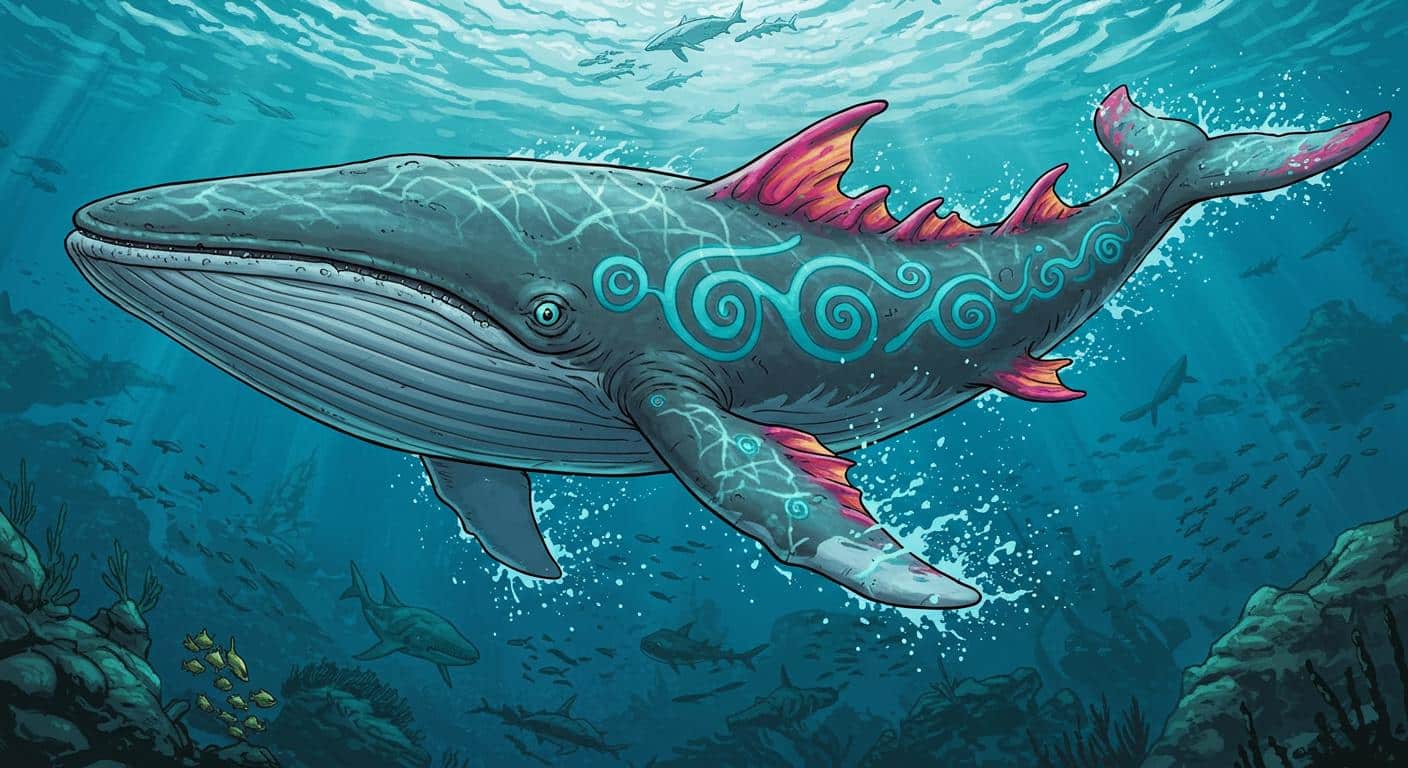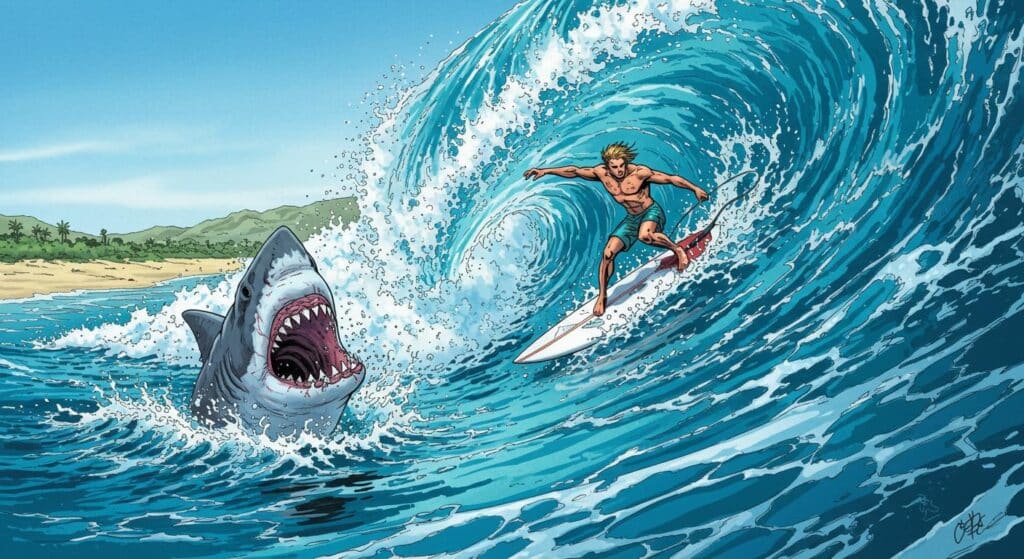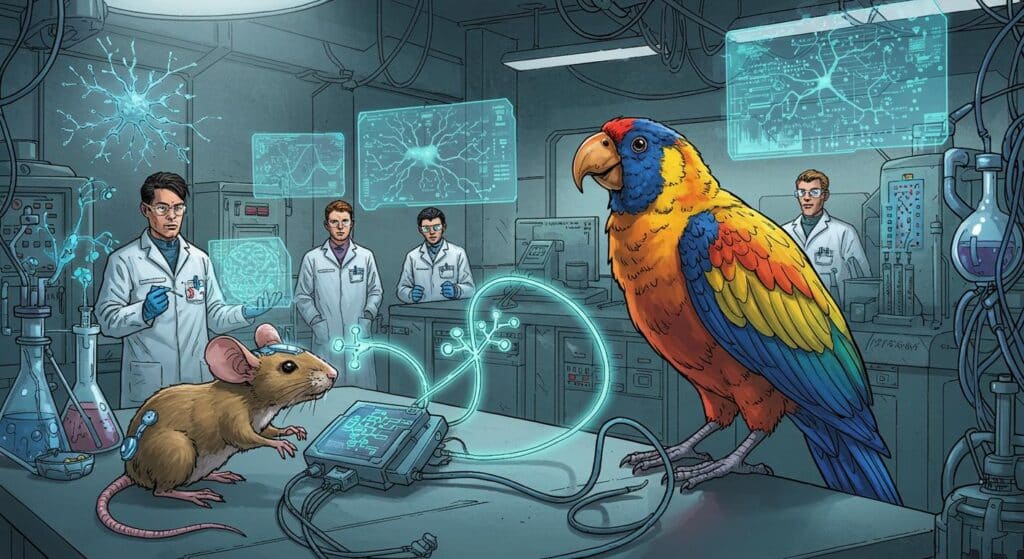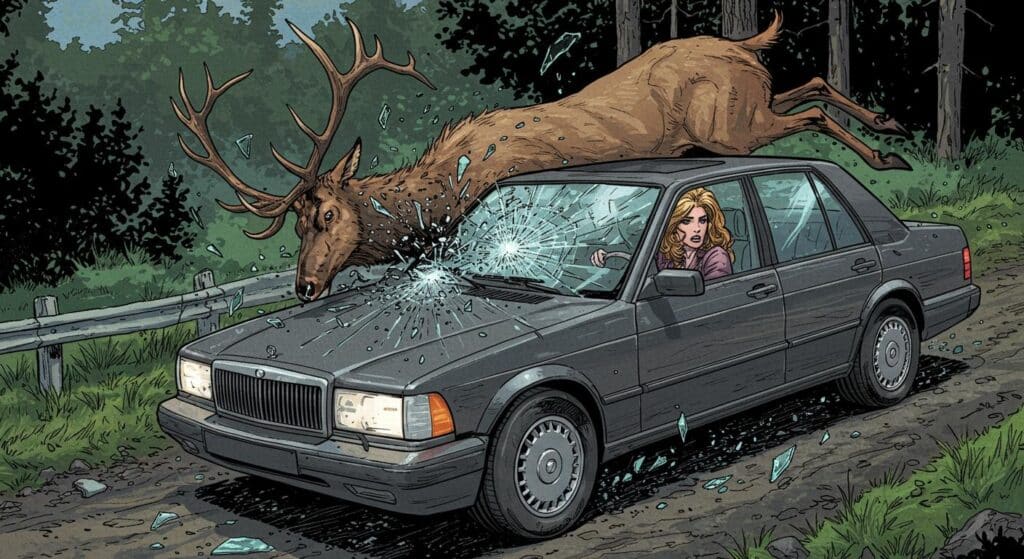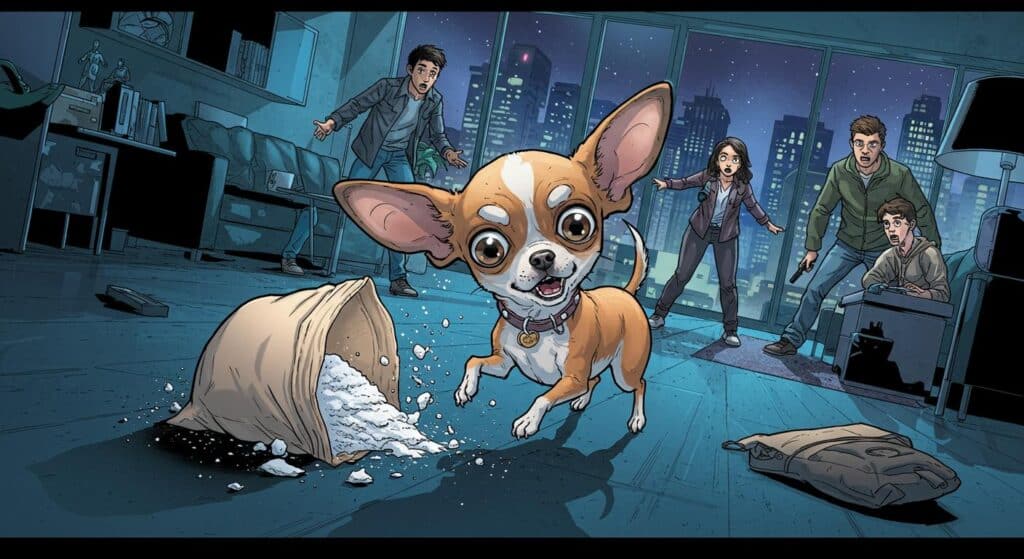There’s eccentric, and then there’s Janjucetus dullardi—the 25-million-year-old whale fossil that, according to a recent HuffPost report, may as well have wandered off the development boards for the original Pokémon games. With its cartoonish features and evolutionary oddities, this newly identified mammalodontid is already primed for cult status in the paleontology halls of fame.
The Whale Who Would Be Mimikyu
With creatures like Janjucetus, you have to wonder if evolution wasn’t just testing out ideas for later trading card games. Boasting eyeballs the size of tennis balls, a snout reminiscent of a small shark, and a mouthful of sinister teeth, this beast would be equally at home tromping through a fever dream or lurking as an aquatic boss in a ‘90s Nintendo title. Senior curator Erich Fitzgerald, quoted in the HuffPost article, described it as a “weird kind of mash-up between a whale, a seal and a Pokémon,” which nicely sums up its refusal to fit into any modern biological category.
Despite a stature that let it fit in a single bed—hardly the stuff of classic whaling yarns—the young Janjucetus was a bona fide predator. Unlike the filter-feeding, mellow giants gliding through oceans today, this animal wielded powerful jaws and a look scientists described as “deceptively cute.” Seeing one up close, you might reconsider your relationship with ocean swimming forever.
A Fossil Tale with a Small-Town Twist
As the HuffPost piece documents, the discovery itself smacks of serendipity. School principal and hobbyist fossil hunter Ross Dullard was scouring Jan Juc Beach—a stretch of coast in Victoria, Australia, which is earning a reputation as a taproom for prehistoric marine weirdness—when a black fragment poking from the rock caught his eye. It turned out to be a tooth. Not one to leap to shark or dog conclusions, Dullard sent photos off to Museums Victoria, where Fitzgerald and his colleagues immediately suspected they had something unique on their hands.
The six-year journey from that exciting find to Janjucetus’ formal identification meant plenty of sleepless nights for Dullard—plus, reportedly, no small number of whale-joke-laden conversations with friends and family eagerly awaiting closure. The article mentions how, after confirmation, Dullard “walked like a rock star onto campus” and planned to celebrate with a fossil-themed party featuring whale-shaped jello treats, complete with high-fives “left, right, and center.” You have to appreciate a discovery story where everyone involved seems both bemused and a bit relieved.
Such finds are the definition of rare. Fitzgerald explained that only a minuscule percentage of ancient whales leave fossils for us to find, with erosion and scavengers doing away with most. Even the partial skull, ear bones, and teeth scientists studied in this case count as something close to miraculous preservation.
Odd Branches on the Whale Family Tree
Delving into evolutionary context, the report highlights Janjucetus dullardi as only the fourth known species of mammalodontid—a group whose claim to fame is their place in the Oligocene Epoch, a stretch of deep time roughly 34 to 23 million years ago. These ancient whales sit partway between the earliest proto-whales and the filter-feeding baleen whales trundling through modern seas.
What did Janjucetus bring to the party? Not filter-feeding, but teeth and, possibly, tiny vestigial stumps of legs—not that anyone’s found a skeleton complete enough to confirm that detail. The article makes it clear that unless paleontologists stumble on a full specimen with those elusive limbs, this is yet another evolutionary mystery left tantalizingly unresolved.
What’s especially intriguing is what discoveries like this offer beyond mere oddity. According to insights shared in the HuffPost piece, ancient whale fossils help illuminate how early cetaceans adapted to warmer ancient oceans, offering a possible road map—or at least a point of comparison—for how modern marine life might respond to changing climates. Evolution, it seems, never stopped tinkering.
A Nightmarish Muppet Worth Celebrating
It’s hard not to smile at the reversal of roles on display: a fossil with the charisma of a “nightmare Muppet” becomes local legend, and the previously sleep-starved Dullard hosts a celebration in its honor. As recounted in the article, the obsession, anxiety, and pride of the amateur discoverer are all on full display. The fossil might be 25 million years old, but it’s inspiring modern-day festivities and a newfound campus celebrity.
All this does prompt a bit of speculation: is Janjucetus dullardi the strangest headliner Jan Juc Beach will ever yield, or just one in a long parade of evolutionary curveballs waiting for their big reveal? If the next find has even more improbable features—platypus bill, pinwheel tail, or a passing resemblance to a game console mascot—it wouldn’t be unprecedented, based on the track record so far.
Ultimately, the bizarre nature of Janjucetus dullardi isn’t just an accident of fossilization; it’s a reminder that history is crowded with animals stranger and more imaginative than anything we’d design on purpose. Maybe, just maybe, there’s still an undiscovered Pokémon ancestor out there, waiting patiently in the fossil record for its moment in the limelight. Isn’t science just one big evolutionary audition, after all?

